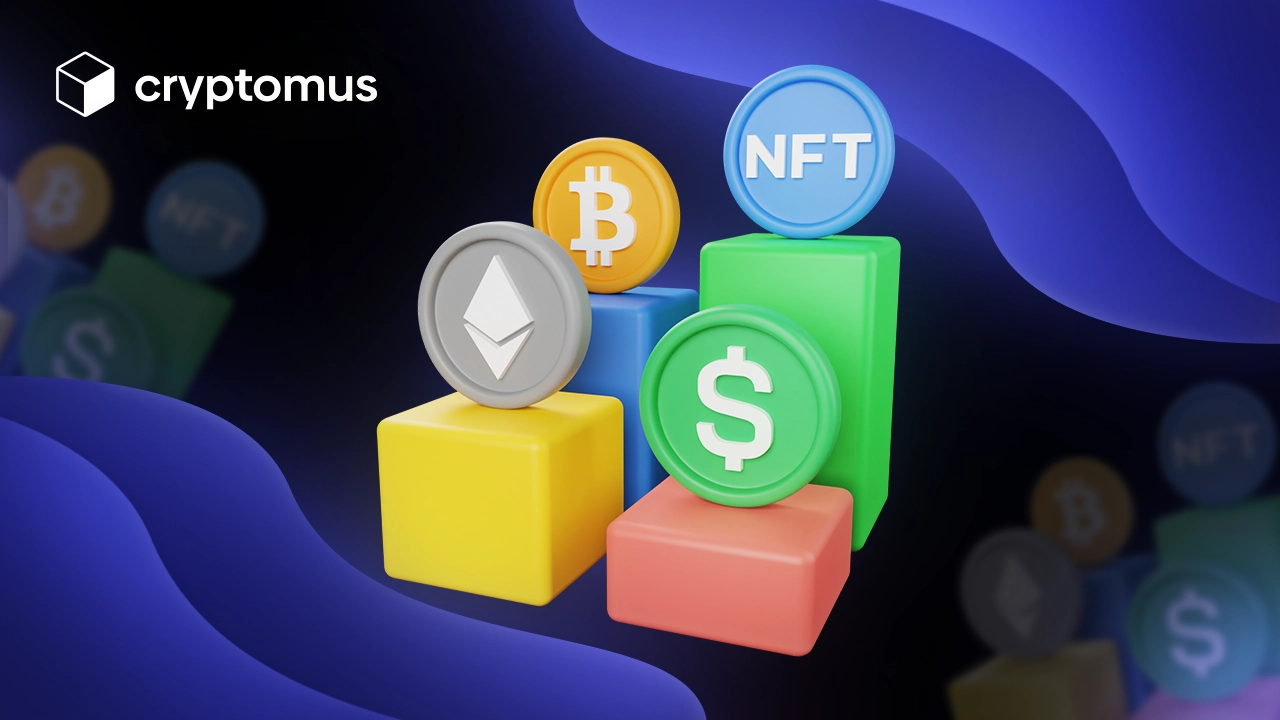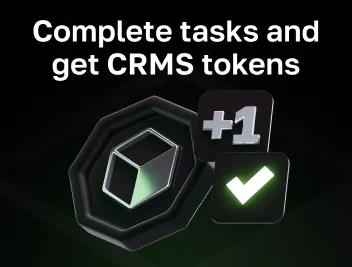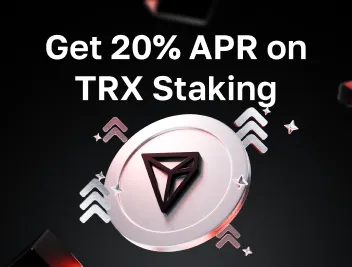
Measuring and Predicting Crypto Volatility: Statistical Models and Indicators
Crypto volatility refers to how unexpected and fast cryptocurrency prices can change, similar to the unpredictable and fast-changing weather in the mountains. One day, the price might be high, and the next, it can drop.
This is the main factor that can make crypto predictions and investing in cryptocurrencies risky, as their value can go up or down very quickly, unlike more stable investments like regular money in a savings account.
But this can go both ways; if it can go down rapidly, it means also that it can go up rapidly, too! Understanding how volatility works using Statistical Models and Indicators can help you make informed decisions.
In today's article, we will see how crypto predictions are made and how to use them.
Key Statistical Models for Volatility Measurement
Economists, financial analysts, and investors use specific models for cryptocurrency predictions. Let's look at the main types of these models.
-
Historical Volatility Models: This method involves examining the historical price changes of an asset to predict its potential value oscillations in the near future. It operates on the premise that previous pricing trends are reliable predictors for the coming price volatility, making the prediction for cryptocurrency more precise.
-
Implied Volatility Models: Another model for crypto market predictions is the Implied Volatility. The Anticipated fluctuation of an asset's value is deduced from options pricing. The agreements that lock in future purchase or sale prices.
-
GARCH Models: This advanced model takes into account historical price volatility and introduces the dynamic concept that volatility evolves, influenced by fresh shifts in price patterns, helping you make the most accurate crypto predictions.
-
Stochastic Volatility Models: Such frameworks consider volatility to be erratic, subject to change without clear patterns. They're typically applied to assets whose prices fluctuate wildly and unpredictably.
Using these models can help you get the best crypto predictions; however, keep in mind that you will never be able to make crypto currency future predictions at 100%. Therefore, you need to be careful and invest only what you are ready to lose.
Volatility Index (VIX) and Crypto Markets
The Crypto Volatility Index (VIX) is an essential measure for reading crypto market moods and predicting crypto fluctuations. It predicts how much crypto prices might jump or fall.
A high VIX points to big price moves and a likely downward trend, while a low VIX suggests small changes and an upward trend.
Investors use it to judge risks, plan their strategies, and safeguard their trades. A high VIX advises caution, but a low VIX often signals a good time to invest due to expected stability.
Volatility Clustering and Cryptocurrency Trends
Volatility clustering and cryptocurrency trends are essential concepts in the field of financial analysis, particularly relevant to the dynamic and often unpredictable world of cryptocurrencies, and understanding them will help you make more precise long term cryptocurrency predictions.
Volatility Clustering
Volatility clustering is a pattern in financial markets when prices go up or down a lot. This happens a lot with cryptocurrencies, where prices can change fast if there are news, updates, or significant events. People who buy or sell cryptocurrencies need to understand these patterns. It helps them make better predictions about cryptocurrency when to buy or sell, and how to manage risk.
Cryptocurrency Trends
The value of digital currencies often changes due to new tech, how investors feel, guesses about the market, and rules set by governments. Things like the world's economy, fresh tech such as DeFi, digital collectibles called NFTs, and new laws play a role, too. What people think about the market, the news, social media buzz, and famous people’s opinions can also make prices go up or down, and all this makes daily crypto predictions very difficult. Cryptocurrency predictions today will be different from crypto predictions tomorrow.

Role of External Factors in Crypto Volatility
World events and news can really shake up the value of digital currencies. Here are some of the factors that can impact the crypto forecasting:
-
Regulatory News and Policies: Announcements about government rules for or against digital currencies can significantly affect their prices. For example, if a country says it will ban or strictly control these currencies, their prices might drop sharply. On the other hand, if the regulations are favorable, prices might rise quickly.
-
Technological Developments: Improvements in blockchain tech or fresh additions to current digital currencies can shape how investors feel and move the market. For instance, enhancements that make transactions faster, safer, or more cost-effective can draw in investors, lifting prices.
-
Geopolitical Events: Political upheavals, trade tiffs, or monetary bans often push people towards digital currencies as they seek options outside the usual financial networks, influencing their price swings.
Understanding the factors that have an impact on cryptocurrency volatility can considerably help you in your cryptocurrency forecast journey.
Risk Management Strategies in a Volatile Crypto Market
Risk management is crucial in the volatile environment of the cryptocurrency market. Here are some effective strategies to manage risk:
-
Diversification: It's wise not to invest all your money in a single place. Spreading your funds among various digital currencies can lessen the danger because it's rare for all investments to drop or rise together.
-
Understanding and Using Volatility Indices: Tools such as the Crypto Volatility Index (CVIX) offer insights into market mood and price swings, assisting traders to make educated choices.
-
Regular Portfolio Review and Rebalancing: The cryptocurrency market shifts quickly. Continually examining and modifying your investments ensures they match your comfort with risk and financial aims.
-
Risk/Reward Ratio: Before you trade, weigh the possible downsides and upsides. It's wise to choose trades where the possible benefits are greater than the risks.
Forecasting Future Crypto Volatility
Making a near crypto price prediction in the crypto market's future is challenging but vital for investors. Since crypto prices can change rapidly and unexpectedly, making the best crypto forecast is crucial.
-
Historical Volatility Analysis: Looking at earlier price changes can suggest how much crypto might swing. But, it's vital to note that old trends don't always predict future shifts, more so in the ever-changing crypto scene.
-
Sentiment Analysis: Studying the mood of the market via news, social networks, and trader views can hint at likely market directions. Upbeat news often signals rising trends, while downbeat news may point to falling trends.
-
Geopolitical and Regulatory News: Watching world events and rule shifts in significant economies can clue you into abrupt market turns. For instance, news about crypto bans or new rules in big markets can lead to notable price swings, so making cryptocurrency news predictions today can considerably help you in your daily crypto forecast.
Rate the article








comments
0
You must be logged in to post a comment